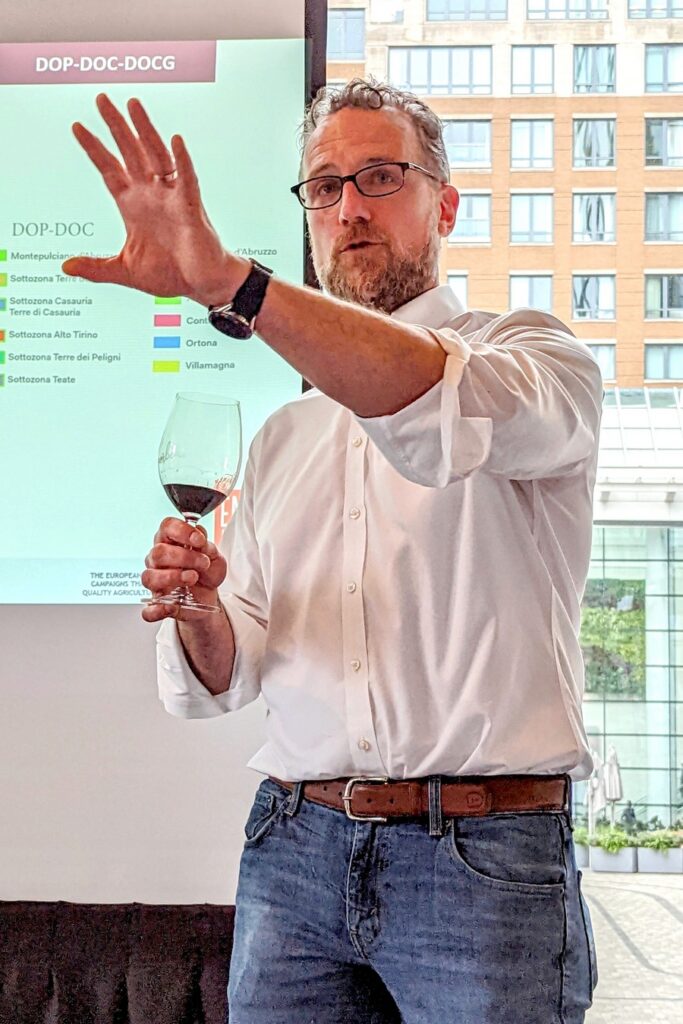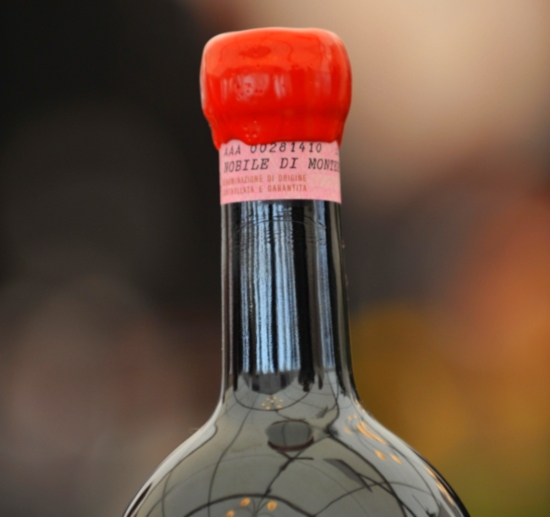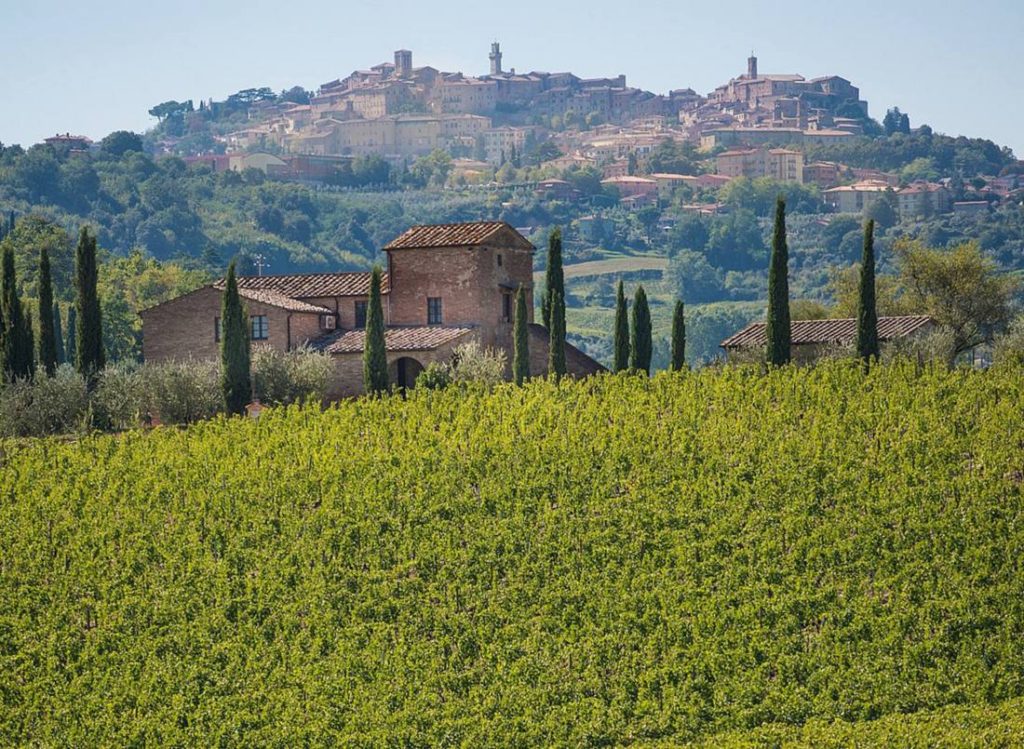
Abruzzo means more than just Montepulciano
Italy is famed primarily for its red wines, including Montepulciano in Abruzzo. But the region also produces some excellent whites. The best of them are Trebbiano d'Abruzzo, made from the regional clone of the white wine grape that accounts for nearly a third of the white wine vineyards in all of Italy. For example, Soave and Orvieto are based on the same grape. But Trebbiano displays a special character in Abruzzo that justifies going under its own name. We recently acquired a bottle of Trebbiano d'Abruzzo from Cantina Terzini (cantinaterzini.it). The Terzini family has grown grapes for generations but started making wine under its own name in 2007. Cantina Terzini has been a big success in Europe and Australia but is still seeking an American...Read More



